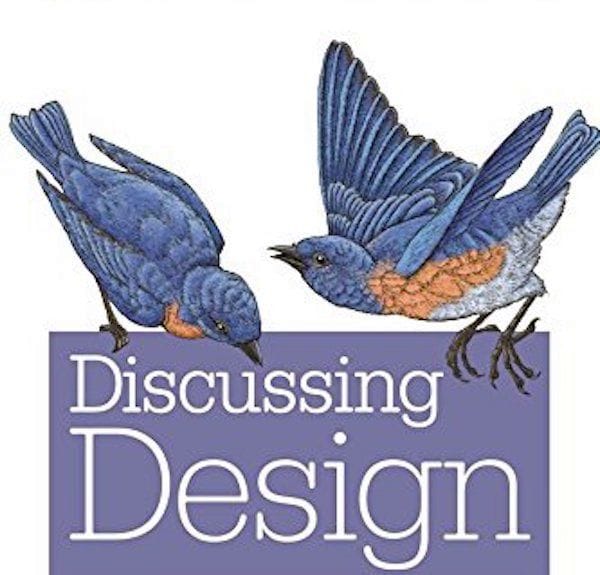![Discussing Design [Source: Amazon]](https://fabbaloo.com/wp-content/uploads/2020/05/image-asset_img_5eb09809cc583.jpg)
This week’s selection is “Discussing Design” by Adam Connor and Aaron Irizarry.
Design is a critical element in today’s use of 3D printers; 3D printers cannot print without a 3D model, and a 3D model does not exist without a design.
The process of design is complex and requires skills, experience and connections to aesthetic and functional values. The ultimate goal is to produce an object that is fit for purpose in terms of utility, economy and appearance.
For a single designer working on a project by balancing the often competing factors in design, the conflicting complications are simply a mental struggle to achieve a suitable decision.
But things get far more complex when a design involves multiple parties.
There might be a team of designers, each responsible for different aspects. There might be financial managers involved — who are not designers — yet they have a big say in the final outcome as it affects finances. There might be end-users or clients involved, who may not understand aspects of the design. How can you navigate through these different parties to arrive at a universally-agreed-to solution?
It’s complicated.
That is what this book is about: how to literally “discuss design”. They explain:
“Real critique has become a lost skill among collaborative teams today. Critique is intended to help teams strengthen their designs, products, and services, rather than be used to assert authority or push agendas under the guise of ‘feedback.’”
The book proposes a framework for executing design critique in a safe and productive manner. The aspects covered include:
-
Best practices (and anti-patterns) for giving and receiving critique
-
Cultural aspects that influence your ability to critique constructively
-
When, how much, and how often to use critique in the creative process
-
Facilitation techniques for making critiques timely and more effective
-
Strategies for dealing with difficult people and challenging situations
It seems to me that anyone involved in a group project producing a design should be aware of these important strategies. Not knowing them could result in bad feelings, unproductive futures and less-than-optimal products.
I should point out that “design” here doesn’t simply mean a “3D design”. It could mean any kind of design. It could assist, for example, the design of a mechanical system for a 3D printer, or the design of 3D print slicing software. Any creative process is design, and there are certainly many of them involved in the world of 3D printing.
While the book is focusing specifically on design, I suggest that some of the tactics described would also be useful in other social situations where you’re interacting with other parties.











This week’s selection is “3D Printing Projects” by Dorling Kindersley, a.k.a. “DK”.